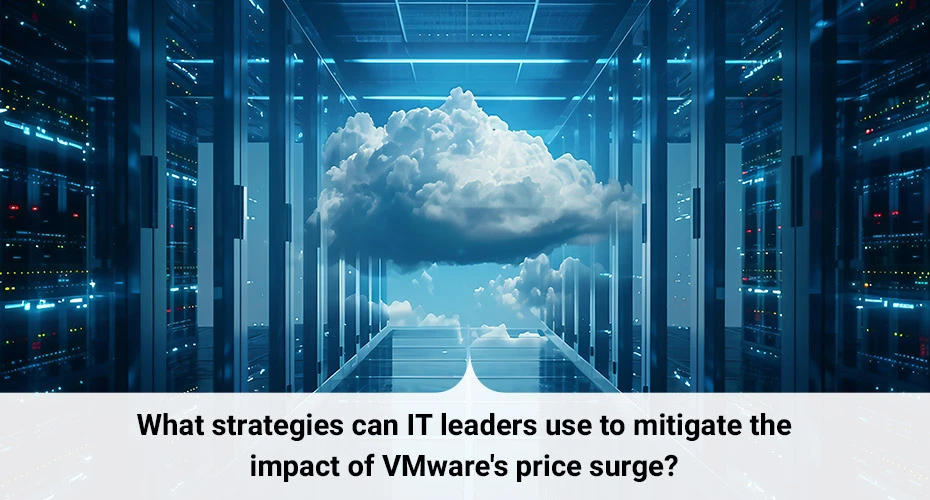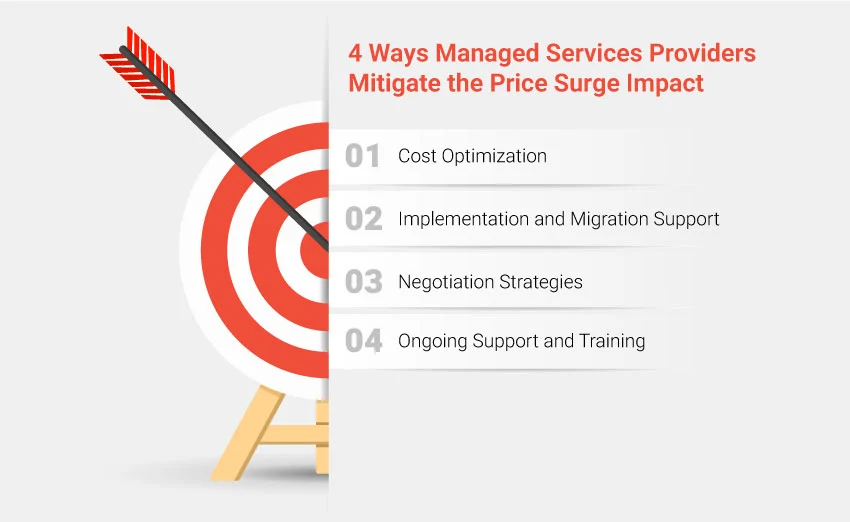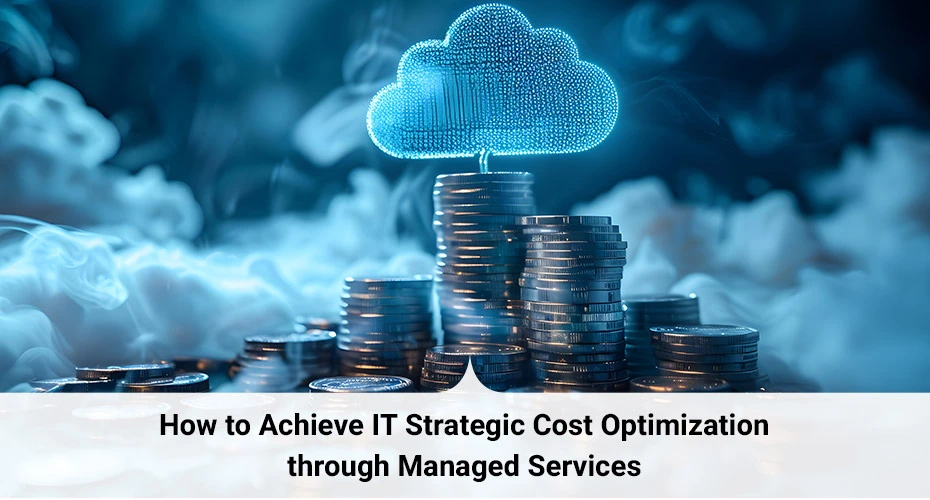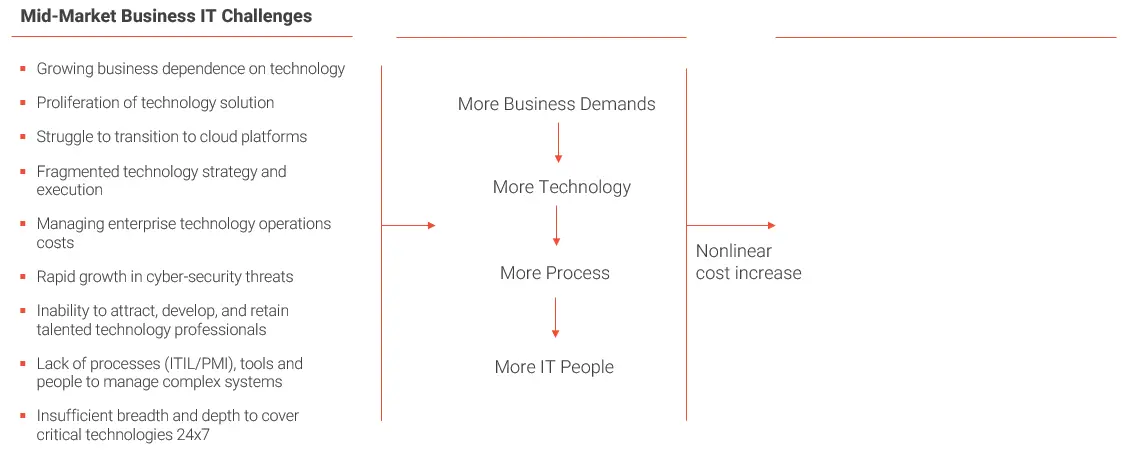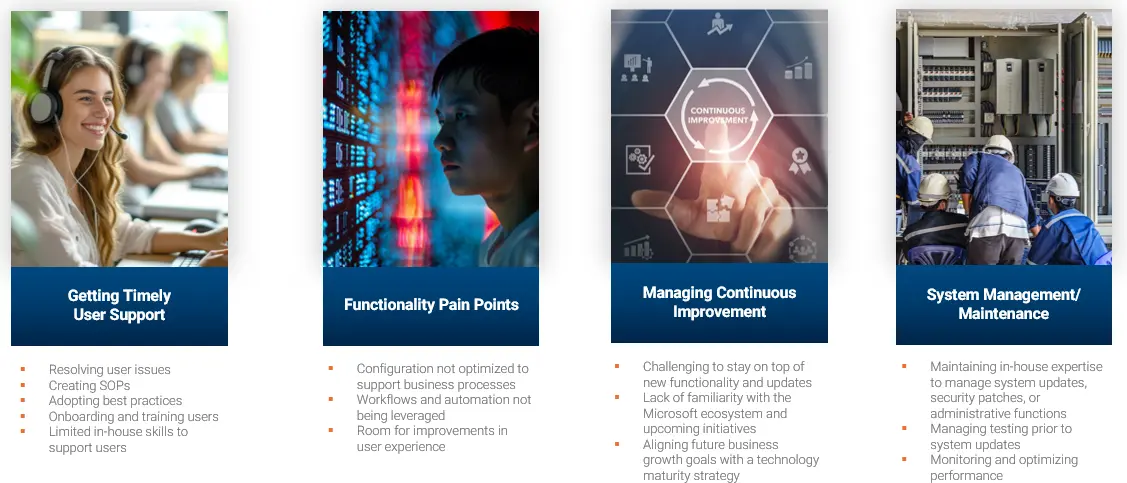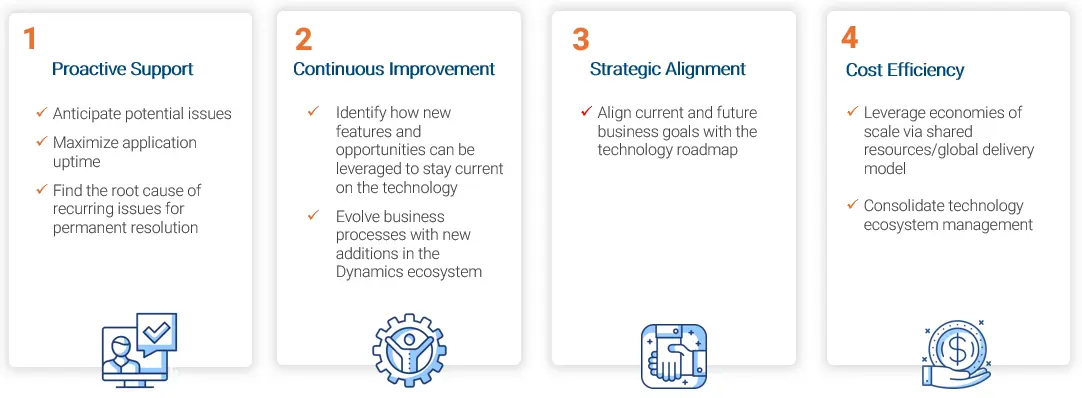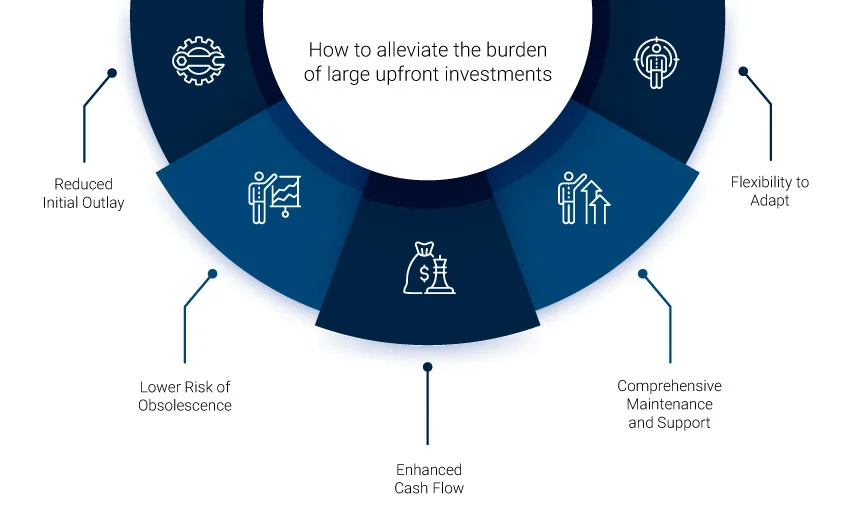“In today’s economy, every cloud dollar should do more than float — it must perform.”
For many CFOs and IT leaders, navigating cloud investments is like steering a high-performance boat in uncharted waters. Cloud adoption continues to rise — and for good reason — but so do costs, risks, and complexity. Are you among the 69% of enterprises exceeding their cloud budget? Have you experienced costly misconfigurations like 45% of organizations?
In a time when agility, security, and value are non-negotiable, aligning cloud strategy with business priorities isn’t just wise—it’s transformational. This blog explores how CFOs and IT decision-makers can take a more proactive, secure, and customer-centric approach to cloud cost optimization — and how to implement cloud cost optimization strategies that make a lasting impact.
Why Cloud Cost Optimization and Security Must Go Hand-in-hand
Today’s cloud landscape is a double-edged sword: it empowers rapid innovation yet introduces unexpected complexity. While multi-cloud architectures and dynamic workloads create the agility businesses need to compete, they also make it harder to see where costs are creeping in, whether environments are correctly configured, or how exposed you are to cyber threats.
Cloud was supposed to streamline IT. But if you’ve ever opened your monthly cloud bill with surprise or scrambled to contain a misconfigured environment that triggered a security review, you know the cloud doesn’t manage itself.
This is especially challenging for CFOs, CIOs, and CISOs because the cloud isn’t one-size-fits-all and doesn’t sit neatly in a single department. Engineering teams may be spinning up resources freely, and business units might deploy services independently.
Security teams are often playing catch-up to enforce policies after the fact. Meanwhile, finance struggles to forecast and manage what was once a predictable IT spend.
In this kind of environment:
- Visibility becomes fragmented.
- Unused or over-provisioned resources quietly drive up costs.
- Misconfigurations go unnoticed until something breaks or becomes a security risk.
- Budget owners lack the context behind usage spikes.
Innovation slows down under the weight of inefficiencies and uncertainty. Optimization without security is like installing energy-efficient lightbulbs in a house with an unlocked front door.
This is why secure cloud cost optimization matters. It’s not just about trimming expenses — it’s about responsibly modernizing your IT strategy so you can reinvest savings into what matters most: improving customer experience, enhancing cyber resilience, scaling safely, and accelerating innovation. It also gives you the opportunity to optimize cloud costs, eliminating exposure to risk.
Want to see how top CFOs, CIOs, and security leaders are making that shift? Here’s an expert-led webinar for hands-on guidance.
Understanding Why Cloud Costs Spiral
Modern cloud pricing gives you agility but can lead to budget chaos if not closely monitored.
Common challenges include:
- Hidden and Uncontrolled Usage: Without centralized monitoring, multiple teams can spin up instances or services with little accountability.
- Overprovisioning: Teams often request more capacity “just in case,” which leads to wasted expenditures on underutilized resources.
- Idle Resources: Virtual machines, storage volumes, or environments left running over weekends, holidays, or even months.
- Outbound Data Charges: It is too common to watch your cloud bill skyrocket because of unmonitored data transfer (egress fees).
- Lack of Forecast Accuracy: Without usage patterns or historical trends, budgeting becomes reactive instead of proactive.
Understand the Pricing Models (and How to Use Them Smartly)
For CFOs and IT leaders, mastering cloud pricing is key. Here’s a breakdown of how to tap into savings:
- On-demand / Pay-as-you-go: Highly flexible but expensive over time. Suitable for short-lived or extremely variable workloads.
- Reserved Instances: These offer up to 72% in cost savings when you commit to a specific resource type for 1–3 years. They are ideal for mission-critical, predictable systems.
- Savings Plans: Flexible pricing allows consistent resource usage over a term, which is great for apps with fluctuating patterns.
- Spot / Preemptible Instances: Up to 90% savings; perfect for dev/test, batch processing, or data transformation tasks.
- Azure Hybrid Benefit: Reusing your on-prem licenses in the cloud unlocks 40% or more in savings.
(Source: WS/SQL disclaimer: The Business Value of Microsoft Azure for Windows Server and SQL Server Workloads, App delivery speed disclaimer: The Business Value of Migrating and Modernizing with Azure, sponsored by Microsoft Azure, #US49665122 )
Cloud cost optimization strategies include choosing the right pricing model for each application or workload type. When you do this consistently, you not only control costs, but also optimize cloud costs while driving performance.
Optimizing Cloud Spend: Securely and Strategically
Here are cloud cost optimization techniques that can immediately impact your bottom line and security posture at the same time:
Ask Yourself…
- Do I know which apps/services consume the most cloud budget?
- Is our security team involved in cloud provisioning decisions?
- Are any of our cloud resources idle or oversized?
- Are different departments duplicating workloads across clouds?
- Are we paying for performance or just the illusion of scale?
- Start with Visibility: You can’t control what you don’t see. Use native tools like Azure Cost Explorer, Azure Cost Management, or third-party platforms that consolidate cost and usage dashboards across clouds.
- Leverage “Smart Scaling“: Auto-scaling adjusts resources up and down according to demand. This avoids over-provisioning while ensuring performance during peak hours. Combine with real-time monitoring to prevent bottlenecks or excessive scale-outs.
- Eliminate Idle Assets: Set policies to shut down or hibernate non-production workloads during off-hours—this alone can save 20-30% monthly. Identify stopped but chargeable resources (like unattached volumes or idle public IPs) and decommission them.
- Match Workloads to Cost Models: Reserved Instances might be best if you run analytics workloads 24/7. Savings Plans or auto-scaling groups are winners for unpredictable demand (e.g., ecommerce traffic). For testing/training purposes, go with Spot Instances.
- Automate Governance: Instead of relying on manual checks, set up automated guardrails:
- Alerting when VMs run over budget
- Automated tagging for cost attribution
- Compliance checks for public storage buckets, open ports, etc.
- Automated security scanning before spinning up resources
- Plan with Long-term Trends: Use 90-day cloud cost and usage signals to forecast, fine-tune, and model cost trajectories. Couple that with upcoming project rollouts and business seasonality.
- Collaborate Across Teams: Bring Finance, Security, and IT stakeholders together in planning cycles. Ensure cloud investments don’t just serve IT efficiency, but align with high-level business KPIs (customer retention, revenue generation, risk mitigation).
Building these into your company’s culture will enhance visibility and governance and help you optimize cloud costs in a repeatable, measurable way.
Final Thoughts: Optimize with Purpose, Secure with Confidence
Actual cloud value doesn’t come from merely cutting costs but from reinvesting every saved dollar into something greater. That could mean launching new customer experiences faster, fortifying your data security posture, or enabling geographically distributed teams.
When you adopt the right cloud cost optimization strategies, you create a foundation for continuous improvement that helps your business scale securely and intelligently. Optimize cloud costs not just for efficiency, but for resilience and long-term growth.
Cloud optimization isn’t a one-time checklist; it’s a culture of continuous clarity, foresight, and agility.




